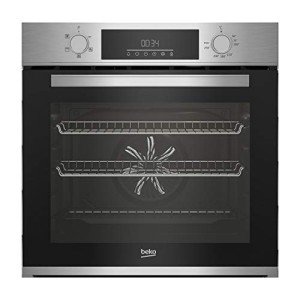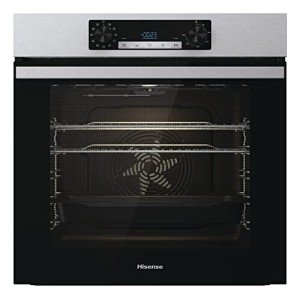
When it pertains to kitchen appliances, couple of products are as essential as an oven. Whether you're a devoted baker, a weekend chef, or somebody who just wants to warm up leftovers, the ideal oven can make all the difference in cooking and cooking. Amongst the numerous kinds of ovens available in the market, single ovens stick out for their adaptability and space performance. This post will guide you through the vital factors to consider when purchasing a single oven, detailing key features, types, and answering frequently asked concerns.
Single ovens, as the name recommends, consist of one cooking cavity. They are created to deal with different cooking jobs, consisting of baking, roasting, barbecuing, and broiling. Ideal for compact kitchens or those who do not need the additional area offered by double ovens, single ovens can be built into kitchen cabinetry or stand alone.
Single ovens come in various types, each offering unique advantages. Here are the primary types to consider:
| Type | Description |
|---|---|
| Standard | Uses leading and bottom heating aspects for conventional cooking designs. |
| Convection | Utilizes a fan to circulate hot air, resulting in even cooking temperature levels. |
| Wall Ovens | Built into the wall for space-saving design while remaining easy to use. |
| Steam Ovens | Introduces steam for wet cooking, excellent for baking and reheating. |
| Microwave Ovens | Combines cooking and reheating performances with microwave technology. |
When looking for a single oven, it's essential to assess numerous features that can improve cooking experience and performance. Below are some vital credit to think about:
Size and Capacity:
Energy Efficiency:
Oven Types:
Control board:
Self-Cleaning Functionality:
Additional Features:
When acquiring an oven, it is a good idea to think about brand names understood for their reliability and quality. A few of the popular brand names in the market include:
Follow this structured procedure to simplify your buying choice:
Determine Your Cooking Needs:
Set a Budget:
Research Online:
Check out Showrooms:
Ask for Expert Advice:
Compare Warranty Options:
Traditional ovens use top and bottom heat sources for cooking, while convection ovens use a fan to distribute hot air, resulting in faster and more even cooking.

While some property owners pick to install their ovens, it's typically suggested to work with a professional to make sure safety and compliance with local building codes.
Frequency depends on usage. A self-cleaning oven can greatly reduce the frequency, while manual cleaning must preferably be carried out seasonally if utilized frequently.
Try to find functions such as a timer, hold-up start, and extra cooking modes like air fry or steam for enhanced functionality.
The option between gas and electric depends mainly on individual preference. Gas offers instant heat and is frequently preferred by professional chefs, while electric ovens typically offer more constant cooking temperatures.
Purchasing a single oven can elevate your cooking experience, leading the way for more pleasurable meal preparation and imagination in the kitchen. As you Buy A Single Oven the perfect oven, consider your cooking practices, the oven's features, and your available cooking area. Take your time to explore various alternatives, and by following the assistance provided in this short article, you can make an educated decision that fulfills both your cooking needs and budget plan requirements.
In summary, the best single oven will not only enhance your cooking performance however likewise make your kitchen a more enjoyable area for culinary expedition. Happy cooking!
No Data Found!

